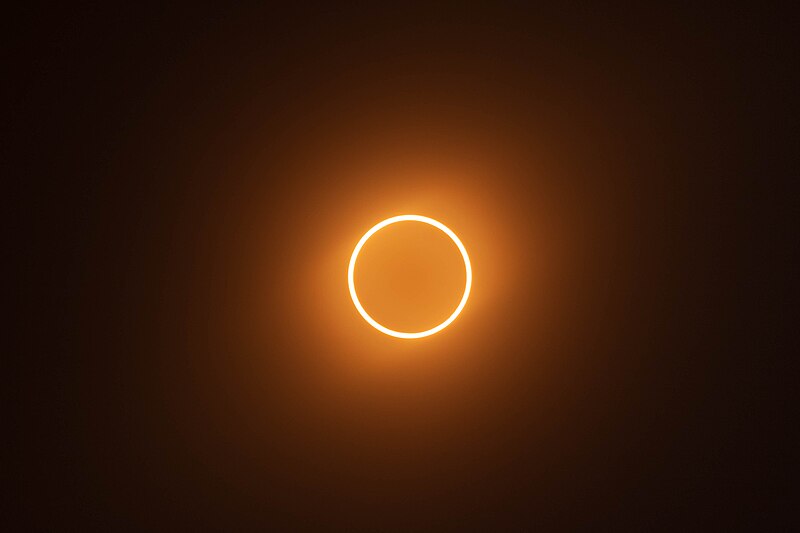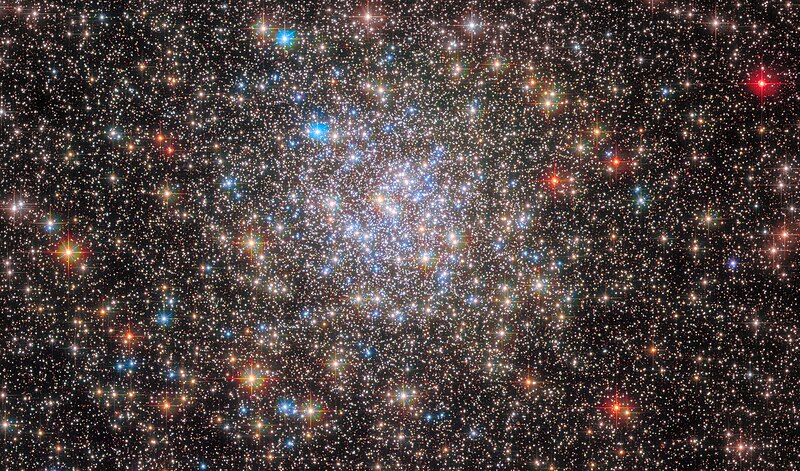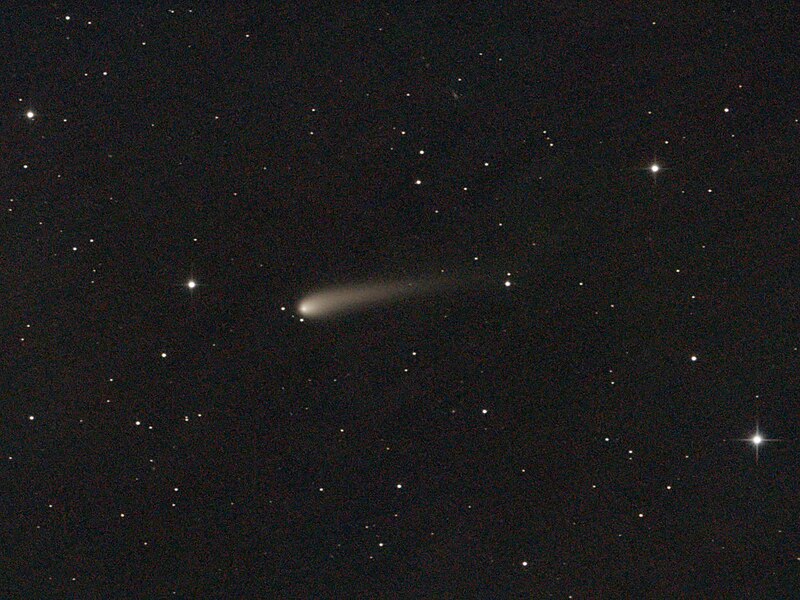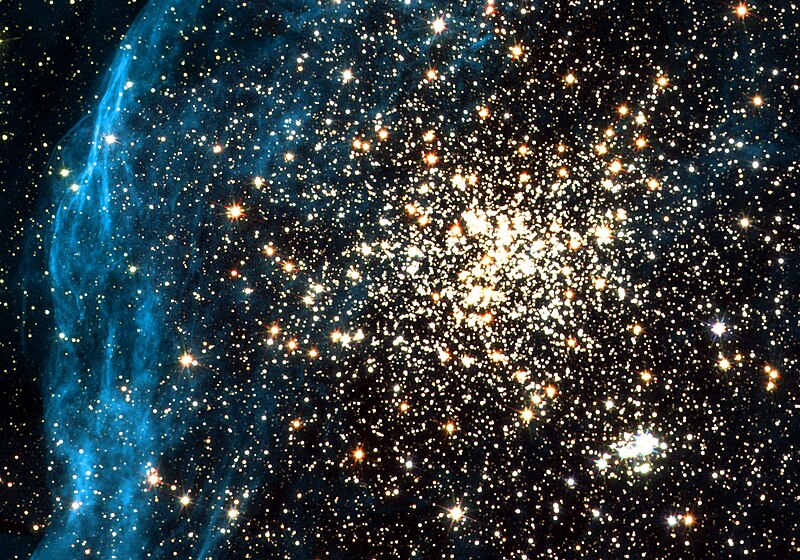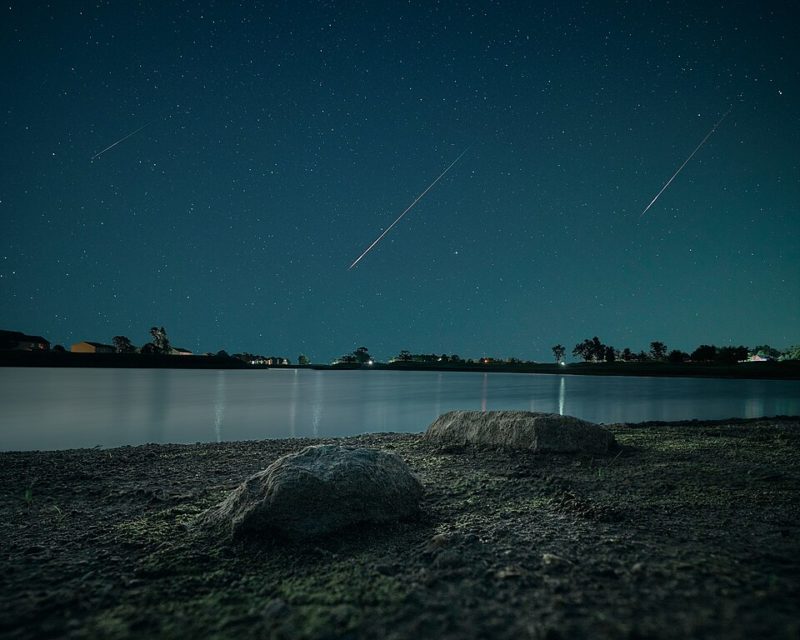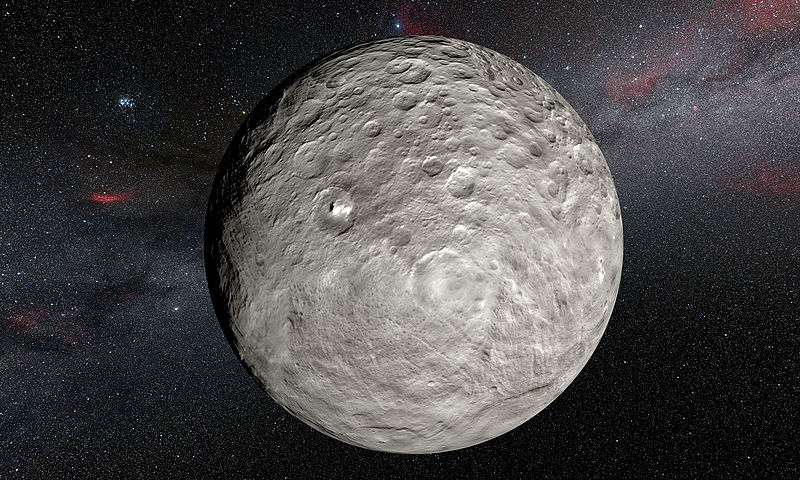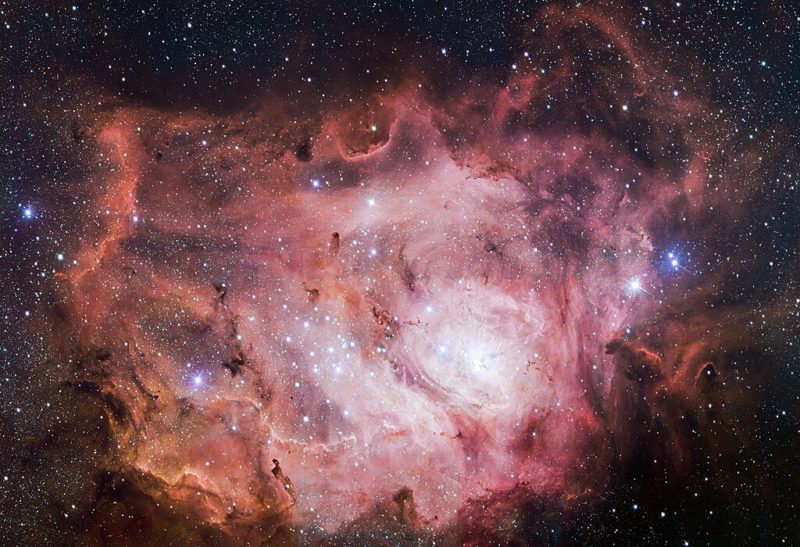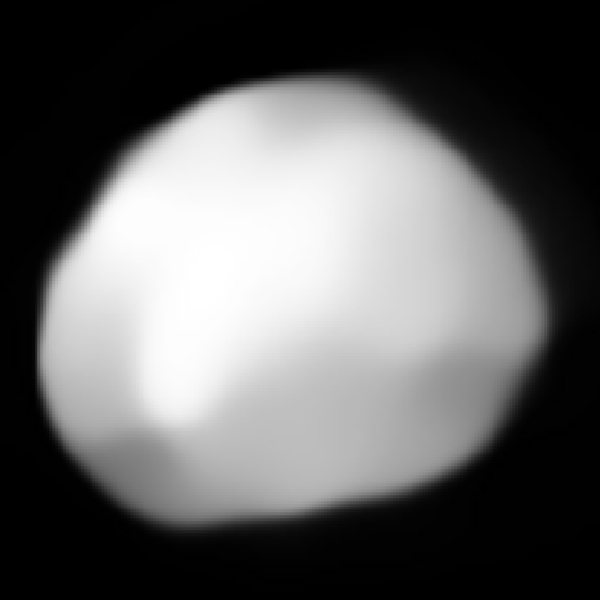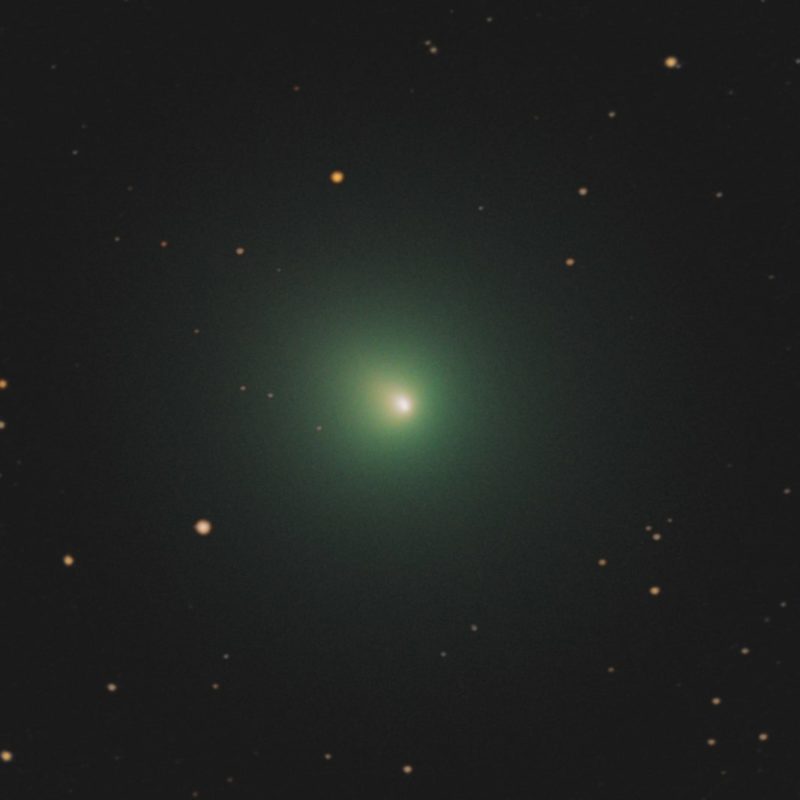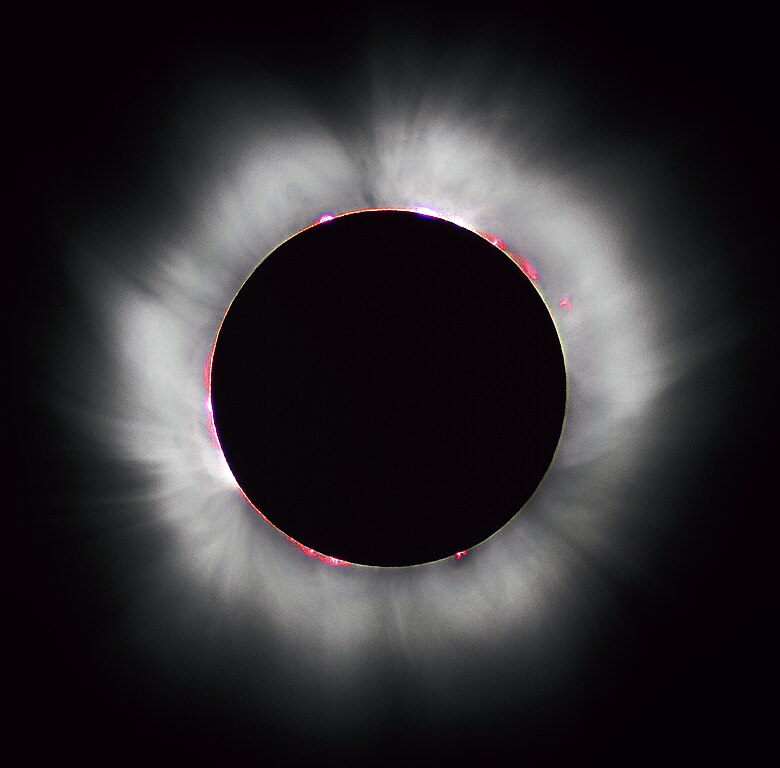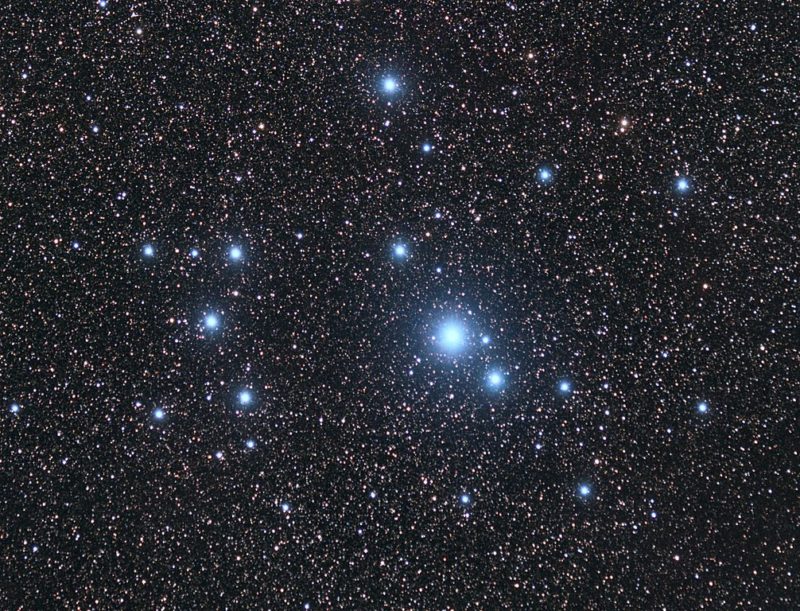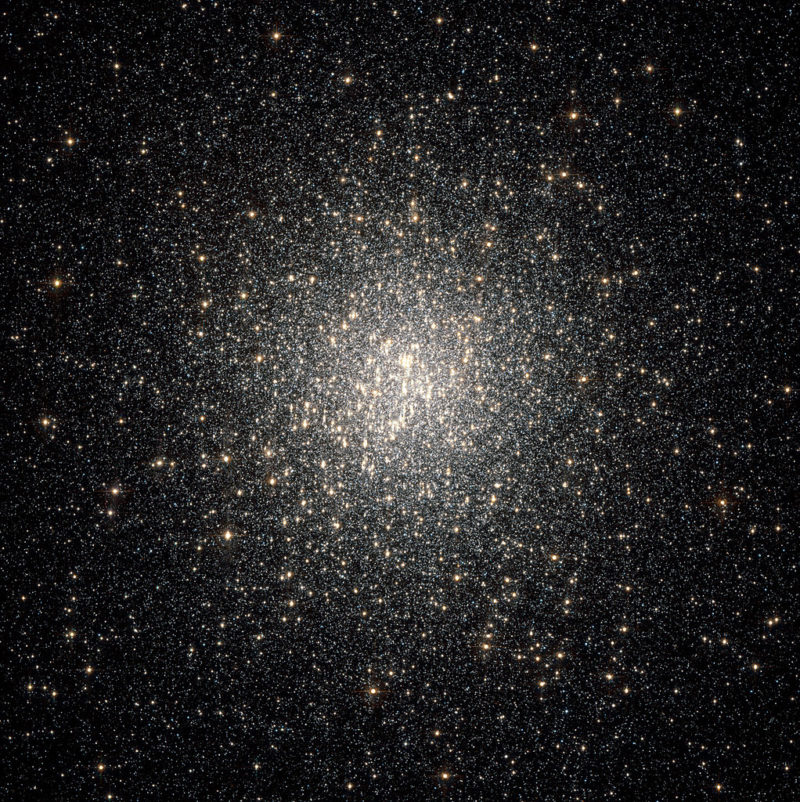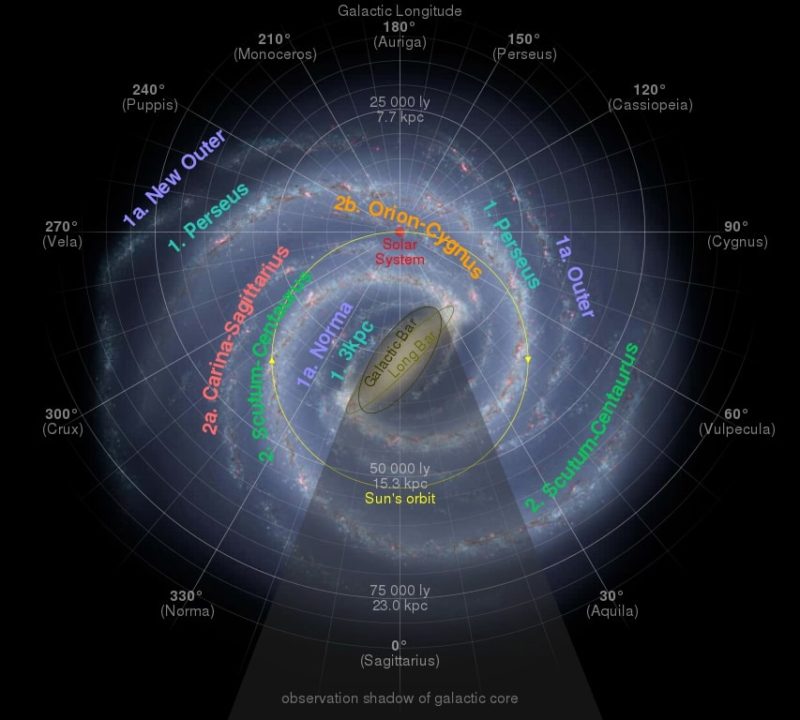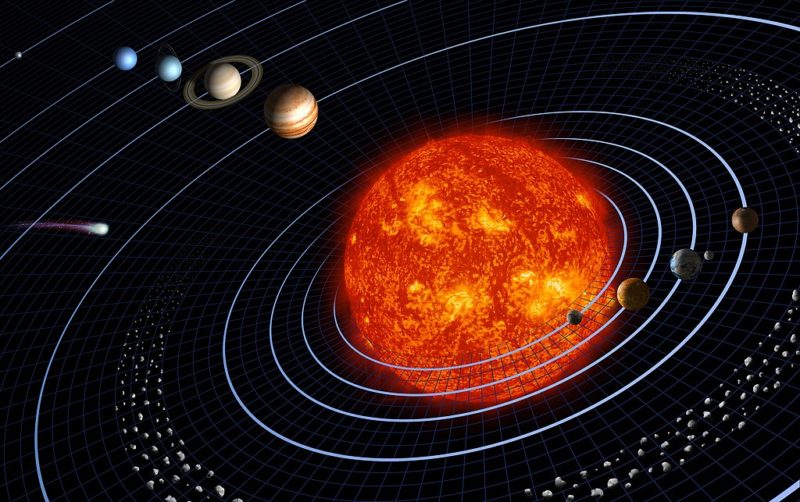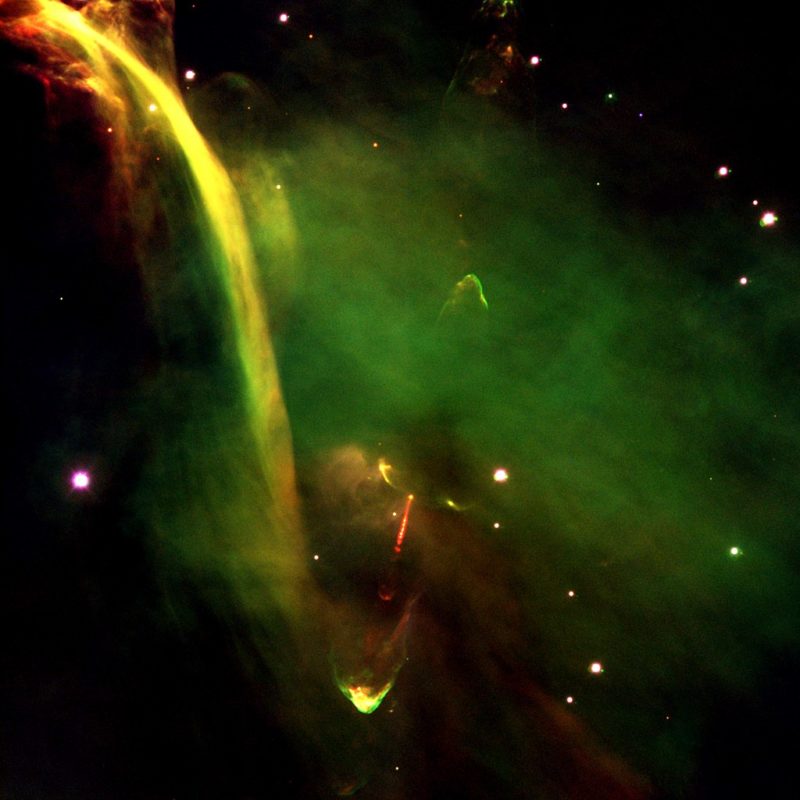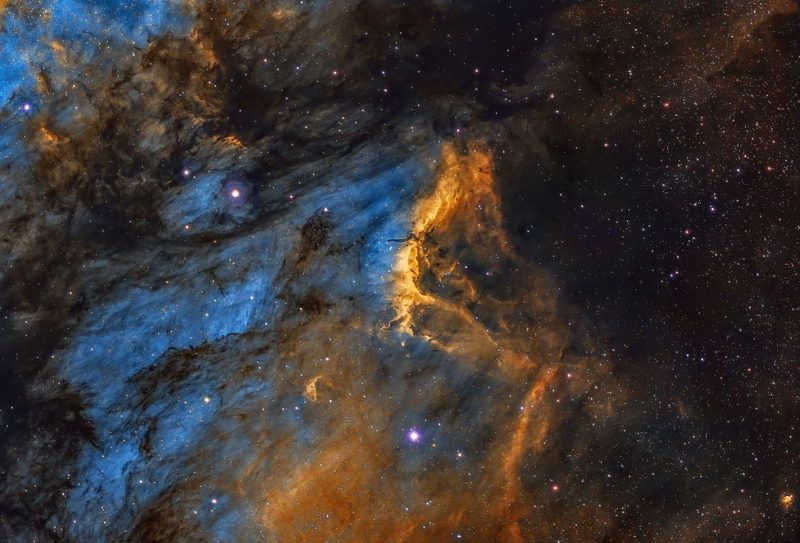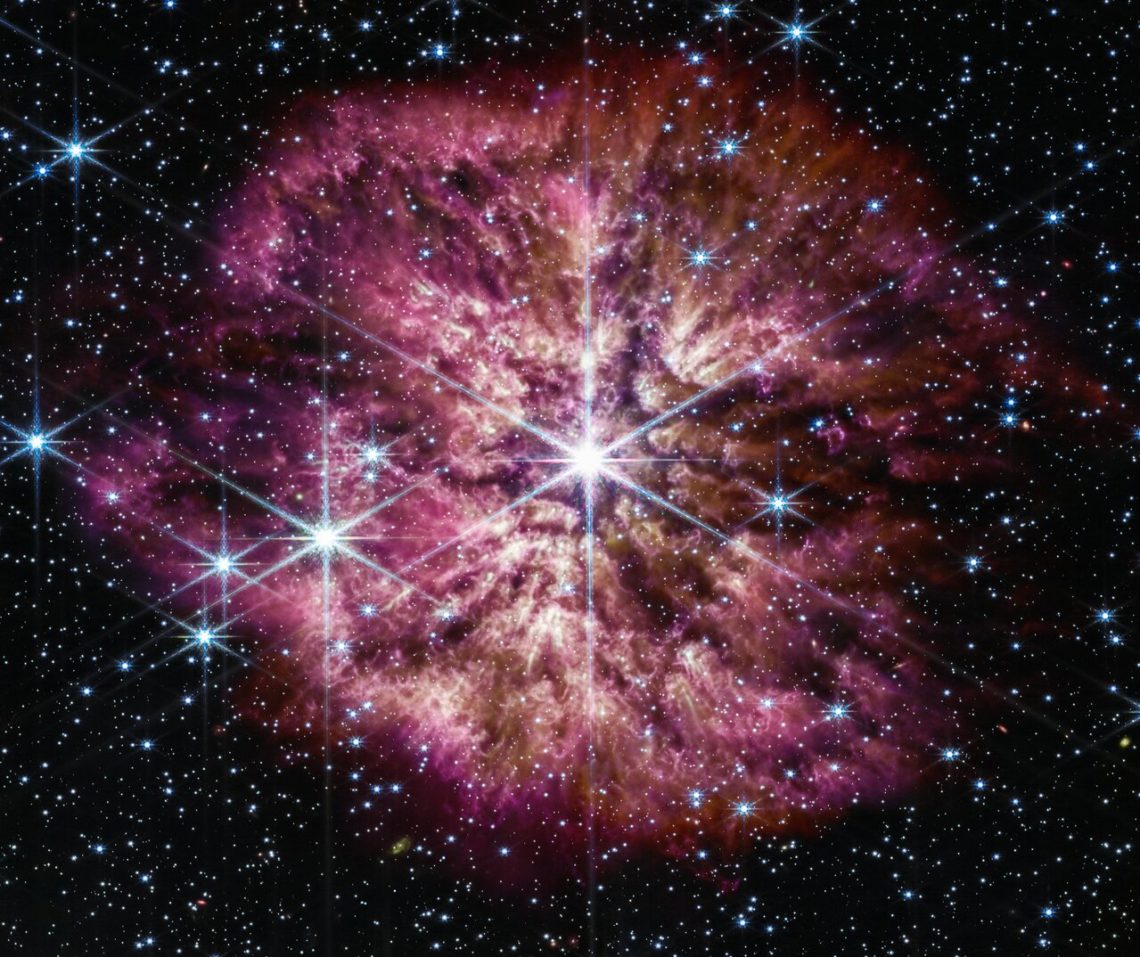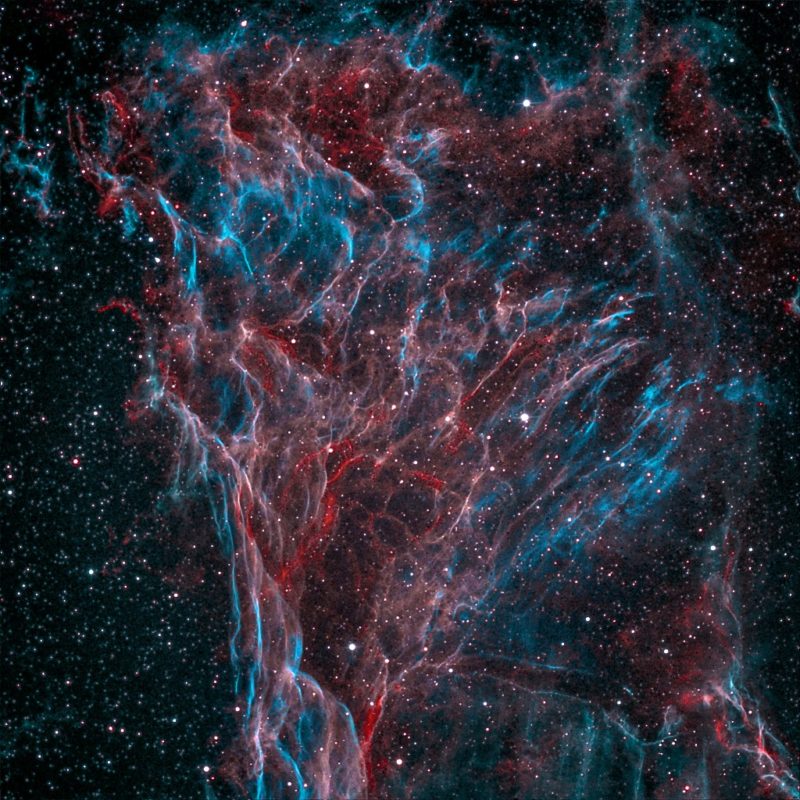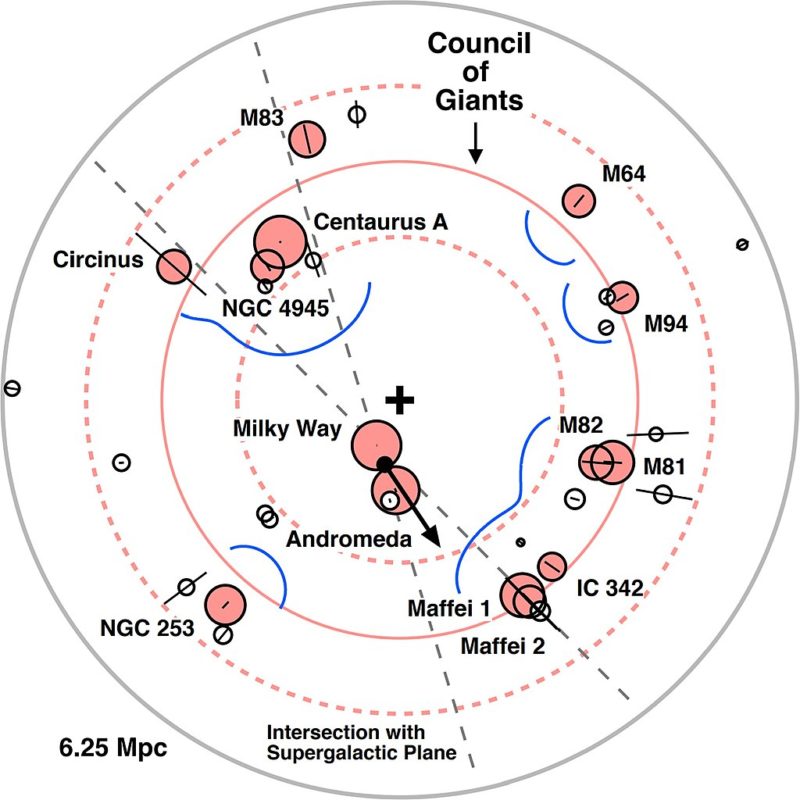Stargazing Calendar for October 2024
Explore exciting stargazing events in October 2024, including meteor showers, a solar eclipse, and more. A must-read for astronomy enthusiasts!
NGC 6355 – A Guide to the Globular Cluster
Discover the wonders of NGC 6355, a remarkable globular cluster. Uncover its secrets and learn about its fascinating features in our guide.
Stargazing Calendar for September 2024
Explore the best stargazing events of September 2024, including meteor showers, planetary conjunctions, and more. Perfect for astronomy enthusiasts!
NGC 1850: An Intriguing Double Star Cluster
Discover the beauty of NGC 1850, a stunning stellar cluster in the Large Magellanic Cloud. Uncover its secrets and marvel at its celestial wonders.
Stargazing Calendar for August 2024
Discover the highlights of stargazing in August 2024 with key astronomy events, including planetary conjunctions and the Perseid meteor shower.
Stargazing Calendar for July 2024
Explore the highlights of stargazing in July 2024, featuring the oppositions of Ceres and Pluto and meteor showers peaks, perfect for astronomy fans.
Stargazing Calendar for June 2024
Discover key astronomy events for stargazing in June 2024, including meteor showers, asteroid oppositions, and comet sightings. Don't miss the celestial highlights!
704 Interamnia: A Giant Asteroid
Uncover the mysteries of asteroid 704 Interamnia with our in-depth exploration. Learn about the fifth-largest asteroid in our solar system.
Stargazing Calendar for May 2024
Discover the astronomical wonders of stargazing in May 2024, such as the asteroid Pallas at opposition or the comet 46P/Wirtanen at perihelion.
Stargazing Calendar for April 2024
Discover the celestial marvels of stargazing in April 2024 with a total solar eclipse, the Lyrid meteor shower, and the perihelion of a comet.
Stargazing Calendar for March 2024
Explore the celestial spectacle of March 2024 with our stargazing guide and astronomy calendar. Discover the wonders awaiting in the night sky this month!
Stargazing Calendar for February 2024
Discover the celestial wonders awaiting you in stargazing this February 2024. Explore planetary conjunctions, comet sightings, and more in this captivating astronomical journey.
Carina-Sagittarius Arm of the Milky Way Galaxy
Explore the mysteries of the Carina-Sagittarius Arm in the Milky Way, a minor spiral arm revealing unique celestial features and offering insights into the galaxy's dynamic structure.
Hill Sphere: Discover the Gravitational Realm of a Celestial Body
Uncover the gravitational dynamics of celestial bodies within and beyond Hill spheres, revealing insights into practical applications and cosmic phenomena.
NGC 6523: A Close Look at the Lagoon Nebula
Explore the captivating Lagoon Nebula (NGC 6523) in Sagittarius, unveiling unique structures and ongoing star formation mysteries in this celestial gem.
What Are Herbig-Haro Objects
Unlock the secrets of Herbig-Haro objects – cosmic signposts revealing the dynamic birth of stars. Explore their unique properties and significance in shaping our understanding of mass loss, shockwave physics, and the early stages of star formation.
Pelican Nebula Unveiled: A Stellar Odyssey through Cygnus
Explore the Pelican Nebula: a celestial marvel with a unique shape, ionized hydrogen, and newborn stars. Discover its role in the Milky Way's cosmic tale.
What Is a Wolf-Rayet Star?
Uncover what is a Wolf-Rayet star. Explore their extreme temperatures, massive scale, and significant role in shaping the galactic landscape. Join us in unraveling the mysteries of these celestial giants.
Pickering’s Triangle: Unveiling the Beauty of Stellar Remnants
Discover Pickering's Triangle: a stunning cosmic remnant within the Veil Nebula, offering a mesmerizing glimpse into the aftermath of a supernova explosion in Cygnus.
What Is the Council of Giants?
Embark on a cosmic journey through the Council of Giants, exploring the enigmatic structures and active cores of giant galaxies in the Local Sheet. Witness the dynamic evolution shaping these celestial wonders within our cosmic neighborhood.

